Video of the Week:
Storing and Preserving Peppers
Fruit:
Fruit Planting Preparation
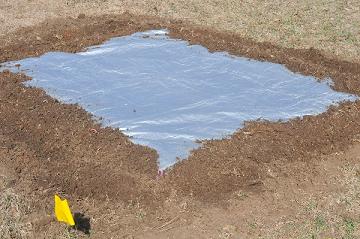
Organic materials such as compost, grass clippings, leaves, hay, straw or dried manure, can be tilled into the soil to help improve its condition. Time and weather conditions generally are more suitable in the fall than in the late winter and spring for preparing soil. If fruit plants can be set by early April, they will have developed a stronger root system to support plant growth than they would if planted later.
If there are only a few plants to be planted, consider tarping each planting area to guard against a wet spring, delaying planting after plants are shipped and received. Also, fruit tree planting can be done in the fall but plants may need to be watered during the winter if the weather is warm and dry. (Ward Upham)
Flowers:
Fertilize Spring-Flowering Bulbs
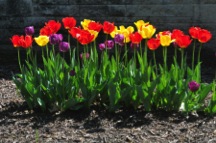
If there is difficulty in determining exactly where the bulbs are planted due to the lack of foliage, fertilizing in the spring rather than the fall is acceptable. However, it is important that the plants are fertilized when the foliage first shows. Waiting until the bulbs are flowering is too late as the roots have already begun to shut down. (Ward Upham)
Ornamentals:
Preventing Sunscald on Thin-Barked Trees
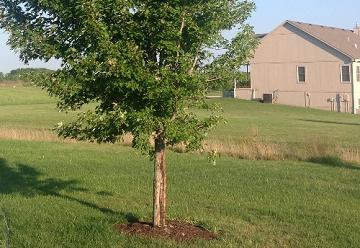
Trees often recover but need TLC — especially watering during dry weather. Applying a lightcolored tree wrap from the ground to the start of the first branches can protect recently planted trees. This should be done in October to November and removed the following March. Failure to remove the tree wrap in the spring can prove detrimental to the tree. (Ward Upham)
Questions on Ornamental Grasses
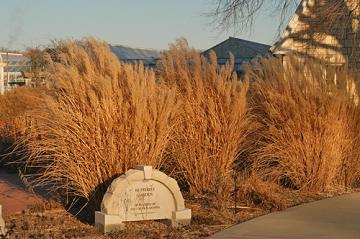
Another question we often receive is whether we can divide ornamental grasses in the fall. Spring is the preferred time because divisions done in the fall may not root well enough to survive the winter. (Ward Upham)
Miscellaneous:
Marketing Initiatives Survey
In addition to helping our industry, there are personal incentives (two chances to win a $50 Amazon.com gift certificate)! Click on the link below [or copy and paste the URL into your internet browser] to get started (works on mobile devices as well). https://kstate.qualtrics.com/SE/?SID=SV_7PXxQRJ56RxLIUt&source=002
Soil Tests and Plant Growth
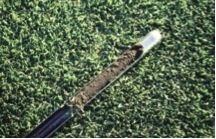
Here are some factors that can affect plant growth that are not due to nutrient deficiencies or pH.
Not enough sun: Plants need a certain minimum amount of sun before they will grow well. As a general rule, flowering (and fruiting) plants need at least 6 to 8 hours of full sun per day. There are, of course, exceptions such as impatiens that bloom well in shade. Move sun-loving plants out from the shade or use plants that are better adapted to shady conditions.
Improper watering: Roots develop where conditions are best for growth. Shallow, frequent watering leads to roots developing primarily near the surface of the soil where the soil is moist. Such shallow root systems are easily damaged by heat and any interruption in the watering schedule. It is better to water less frequently and to a greater depth to encourage a deeper root system that is less sensitive to heat and water stress. Watering during the evening can also be detrimental to plants if the irrigation wets the foliage. Many diseases are encouraged by free water on the leaves. Watering late in the day often will keep the foliage wet until dew forms. Dew will keep the foliage wet until it evaporates the next morning. It is better to water early in the morning so leaves do not stay wet as long. If you must water late in the day, use drip irrigation if practical (such as in a vegetable garden).
Too much phosphorus: Most Kansas soils are naturally low in phosphorus. However, soils that have been fertilized for a number of years may have phosphorus levels that are quite high. As a matter of fact, the majority of soil tests we receive show phosphorus levels in the "high" category. Too much phosphorus can interfere with the uptake of some micronutrients such as iron, manganese and zinc. High phosphorus soils should only be fertilized with fertilizers that have relatively low amounts of phosphorus.
Poor soil physical characteristics: Roots need oxygen as much as they need water. A tight clay soil can restrict soil oxygen levels as well as make root penetration of the soil difficult. Increasing the organic matter content of clay soils can help break them up. Add a 2-inch layer of organic matter and till it in.
Walnut trees: Walnuts give off a natural herbicide that interferes with the growth of some plants such as tomatoes. Vegetable gardens should be at least 50 feet away from walnut trees if possible. For a listing of plants that are susceptible to walnut, go to: http://www.omafra.gov.on.ca/english/crops/facts/info_walnut_toxicity.htm
Tree roots: Trees not only compete with other plants for sun but also for water and nutrients. Extra water and nutrients may be needed.
Shallow soils: When new homes are built, the topsoil is often stripped off before the soils are brought to grade. Though the topsoil should be replaced, it sometimes is not or is not replaced to the same depth as it was originally. You are left with a subsoil that usually does not allow plants to grow well due to a lack of soil structure. Adding topsoil to a depth of 8 to 12 inches would be best but this often is not practical. In such cases, try to rebuild structure by adding organic matter and working it into the soil. (Ward Upham)
Contributors: Ward Upham, Extension Associate
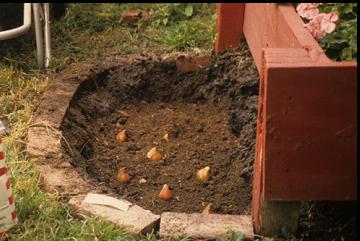
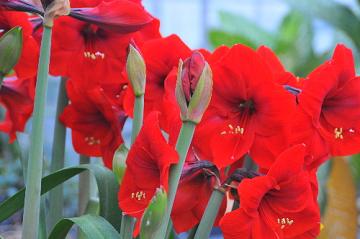
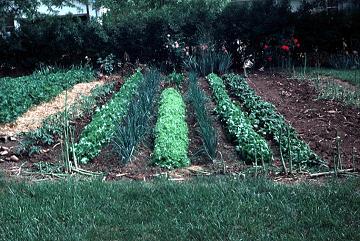
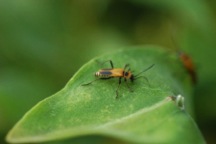
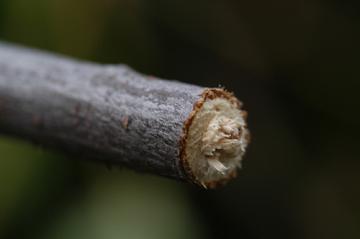
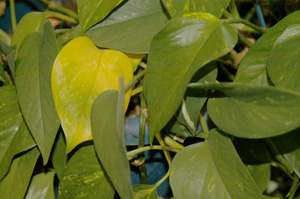
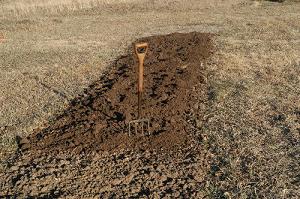
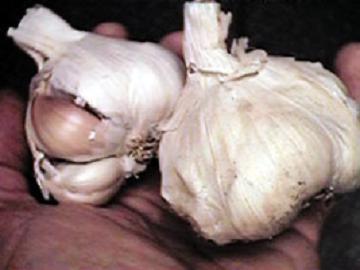
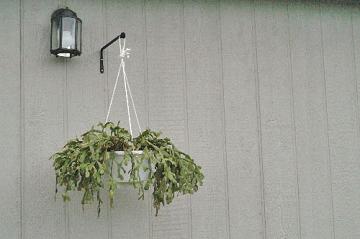
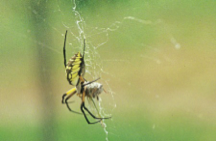
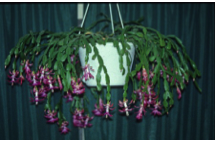
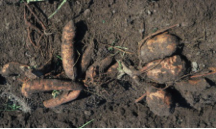
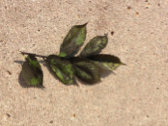
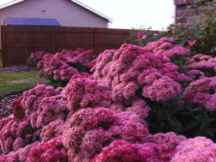
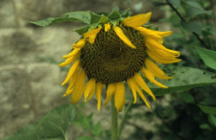
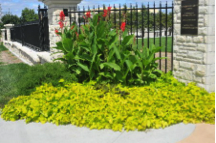
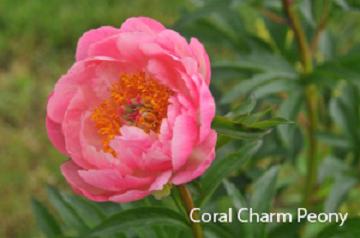
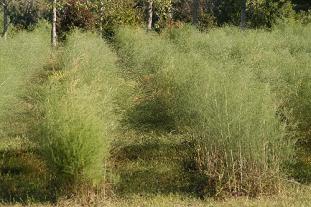
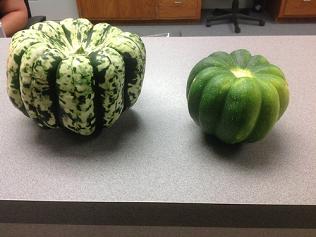
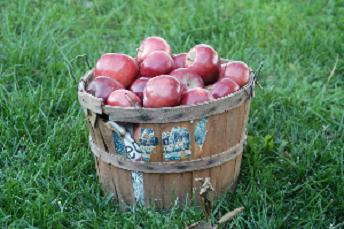
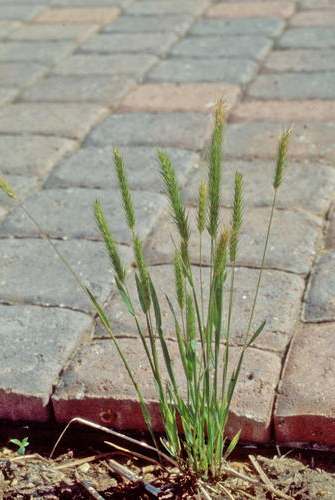
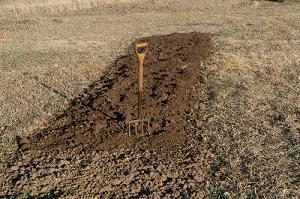
 RSS Feed
RSS Feed
